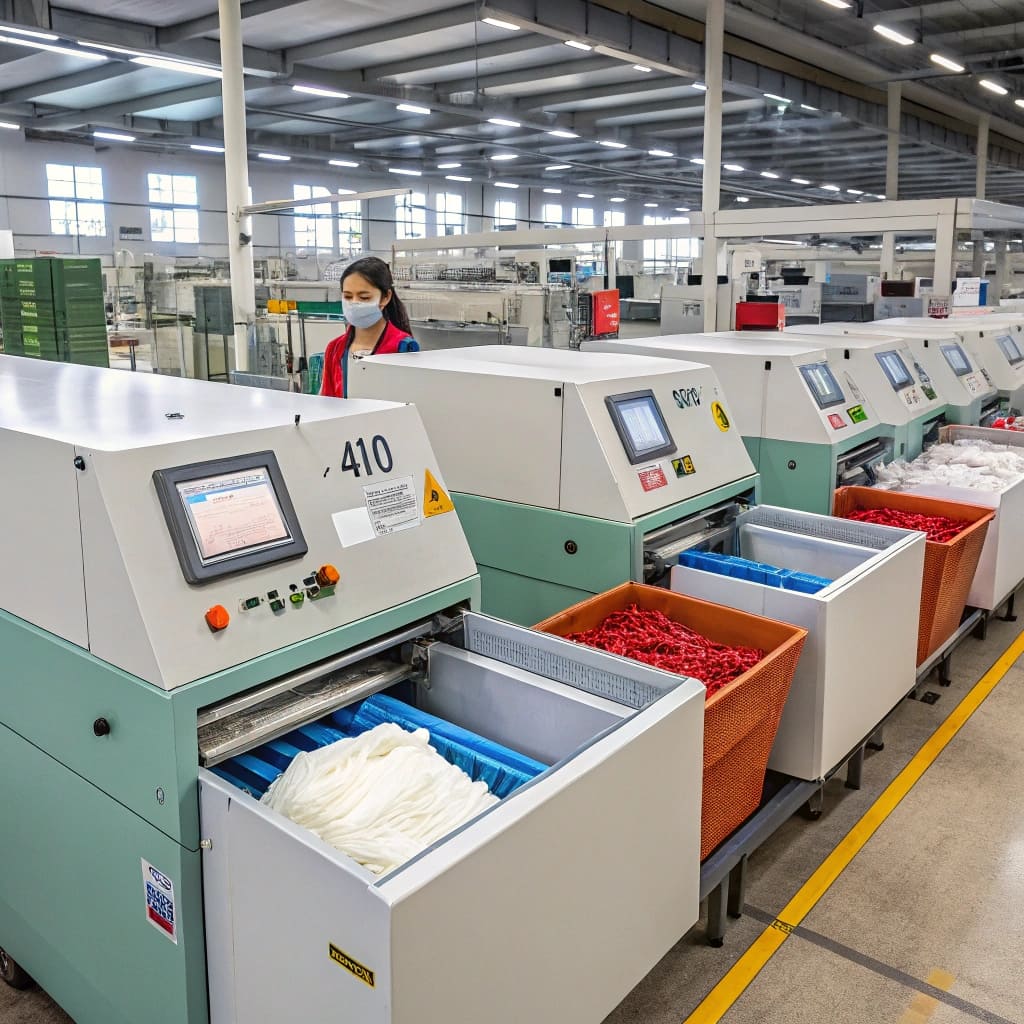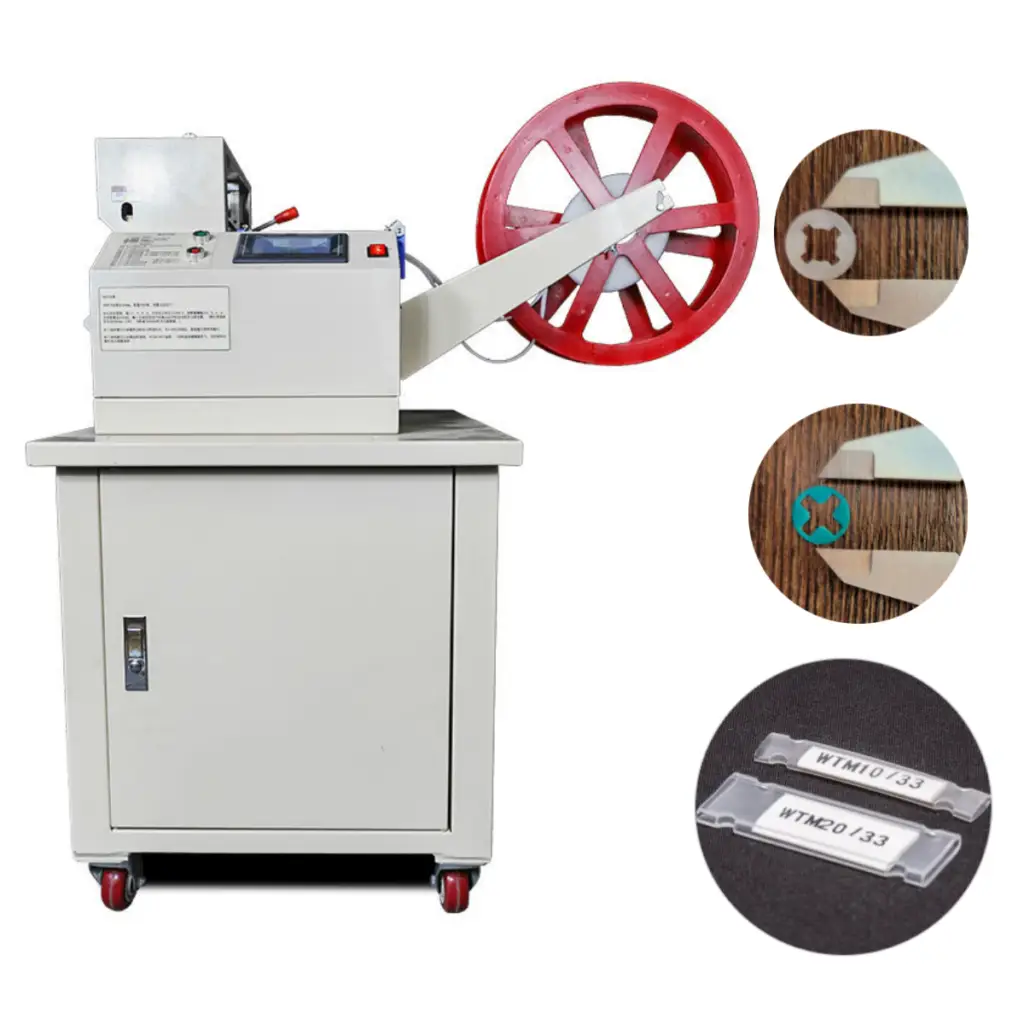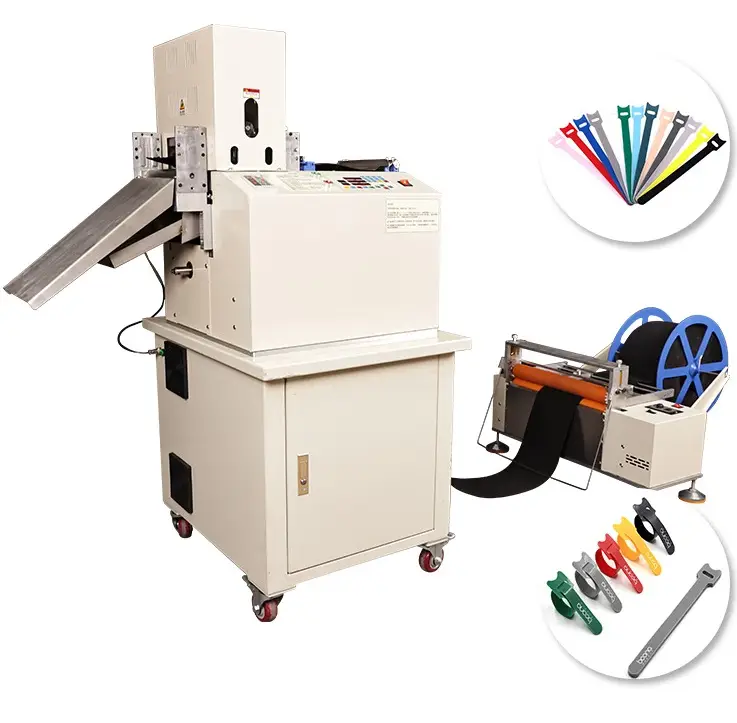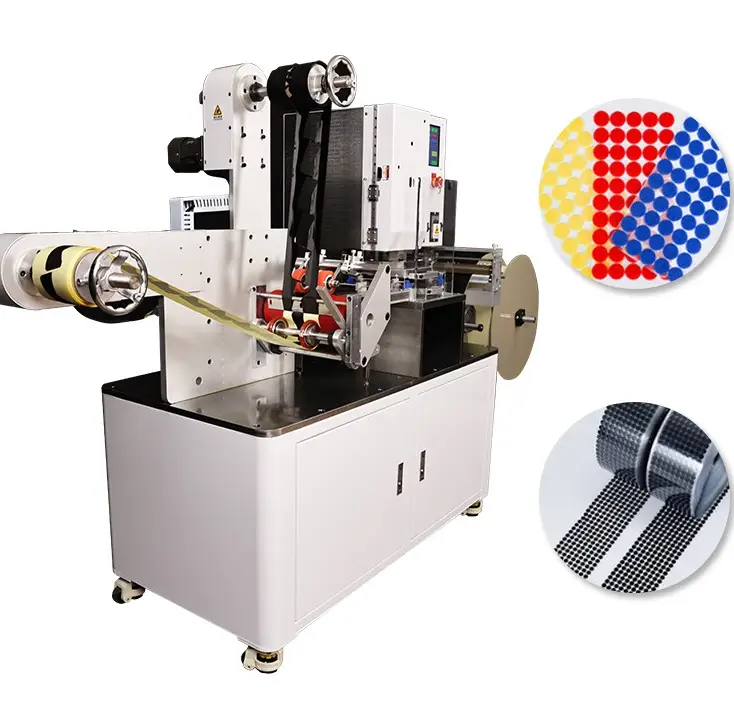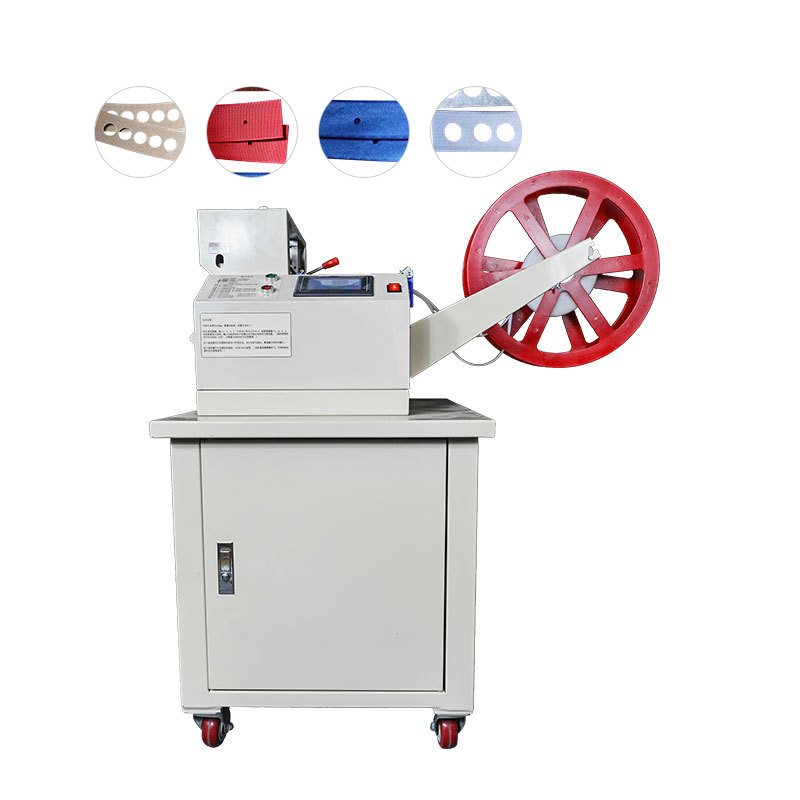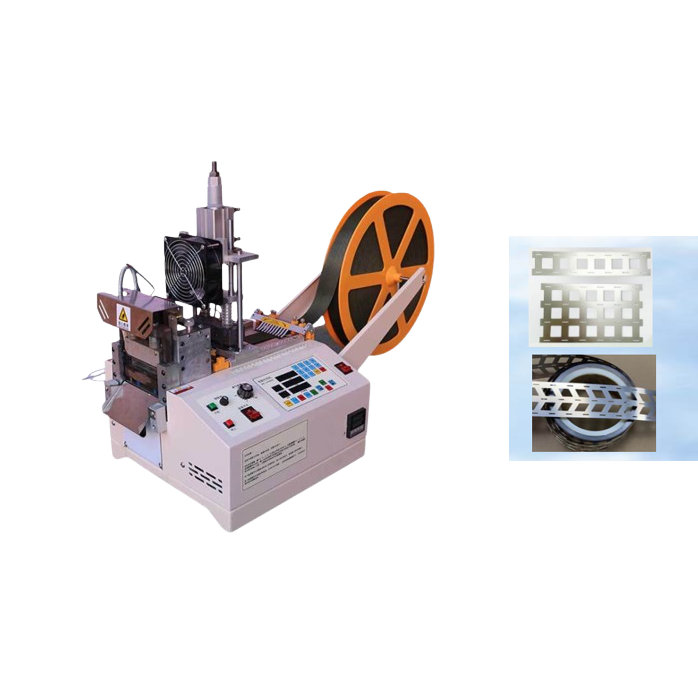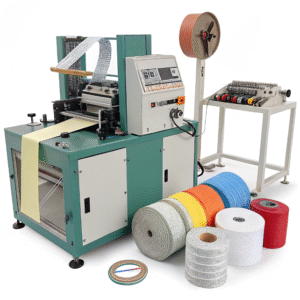How to choose the right Velcro cutting machine for your business?

Running into production delays due to imprecise or slow cutting equipment? You’re not alone—and the solution could be simpler than you think.
To choose the right Velcro cutting machine, you need to evaluate your material type, required output, cut precision, and automation features that align with your production goals.
The right cutting machine can streamline your workflow and minimize errors. But make the wrong choice, and you might lose time, quality, and customer trust. Let’s break it down.
What factors should you consider when selecting a cutting machine?

Struggling with inconsistent cuts or wasted material? That usually means you’re using the wrong cutting machine or the wrong settings.
You need to consider material compatibility, cutting speed, accuracy, safety, and ease of maintenance when selecting a Velcro cutting machine.
Choosing a Velcro cutting machine isn’t just about price. For a business like mine—Suzhou Haoxinhe Electrical Equipment Co., Ltd.—which specializes in high-performance cutting machines like the webbing ribbon cutting machine or hot and cold cutting machine, we know how each small detail affects the end result. So I always recommend customers start with these key factors:
1. Material Compatibility
Velcro comes in many types—woven, knit, elastic, adhesive-backed. Not all machines handle them equally well. Some models struggle with sticky adhesives, while others can’t handle thicker loop layers. Machines like our automatic punching cutting machine or high-speed trademark cutting machine are built with adaptive blade settings for better flexibility.
| Machine Type | Best for Adhesive-Backed Velcro | Best for Thick Loop Types |
|---|---|---|
| Hot and Cold Cutting Machine | ❌ | ✅ |
| Rotary Bevel Cutting Machine | ✅ | ✅ |
| Wire Cutting and Stripping Machine | ❌ | ❌ |
Tip: Before you buy, ask for a test cut using your actual Velcro type.
2. Cutting Accuracy and Speed
Speed without precision is dangerous in manufacturing. That’s why Suzhou Haoxinhe Electrical Equipment Co., Ltd. builds all machines with servo motor-controlled systems. Especially our rotary bevel cutting machine, which ensures consistent lengths within ±0.1mm accuracy, even at high speeds.
For example, if your operation runs small-batch custom orders, you might prioritize precision. On the other hand, if you supply bulk packs for HVAC or textile industries, you’ll likely prioritize speed.
3. Automation and Integration Features
Manual machines might seem cheaper, but they often cause delays. Automated options like our computer tube cutting machine or protective foam cutting machine integrate with conveyor systems and PLC controllers. These features help reduce labor costs and human error.
Some features to look for:
- Auto-feed system
- Touchscreen interface
- Multi-material preset memory
- Error detection alerts
4. Maintenance and Support
Cutting Velcro generates lint, which clogs blades. So machines need regular maintenance. Some brands make this process a nightmare. We design ours with quick-open blade assemblies and easy-to-clean covers, especially on our bubble wrap cutting machine and PVC Edge Banding cutting machine.
Also, verify if your supplier offers:
- Spare parts availability
- Video tutorials
- On-site service or remote support
Machines that are hard to clean or repair cost more in downtime. That’s why factories like ours invest heavily in post-sale support.
Conclusion
Choosing the right Velcro cutting machine depends on material, precision, speed, and automation needs. A mismatch could cost you more than just money.
Insights
When selecting a Velcro cutting machine, focus on material compatibility, accuracy, speed, automation, and maintenance ease. The best machine will boost productivity and prevent costly errors. Look for trusted suppliers like Suzhou Haoxinhe Electrical Equipment Co., Ltd., who offer tailored solutions with expert after-sales support.
In over two decades of working with manufacturers across textiles, automotive, HVAC, and packaging sectors, I’ve seen one common mistake: companies buying based on specs alone—not on actual use case. A Velcro cutting machine isn’t just a tool; it’s a production enabler.
What separates a successful operation from a struggling one isn’t just the model—it’s choosing a supplier who understands your application. We’ve custom-calibrated machines for clients cutting fire-retardant Velcro for aerospace, and others handling delicate elastic loops for baby products. In both cases, generic solutions failed where precision-engineered settings succeeded.
Also, don’t underestimate support. A machine is only as good as the help behind it. That’s why we include remote diagnostics, spare part kits, and personalized setup consultations for our customers.
Final tip? Always request a test run on your actual material before purchase. It’s the simplest way to avoid mismatched tech—and missed deadlines.
